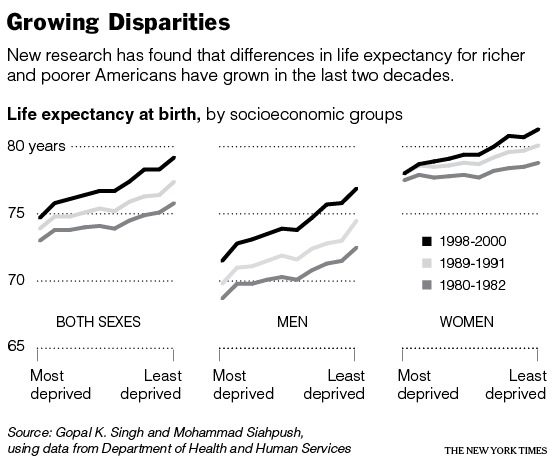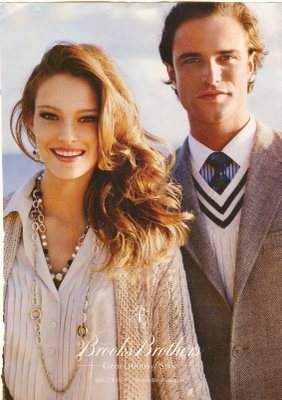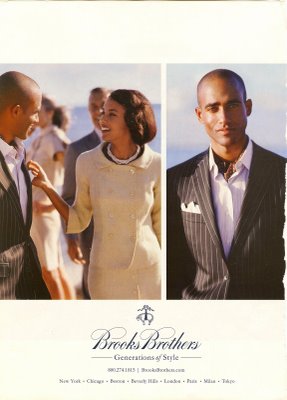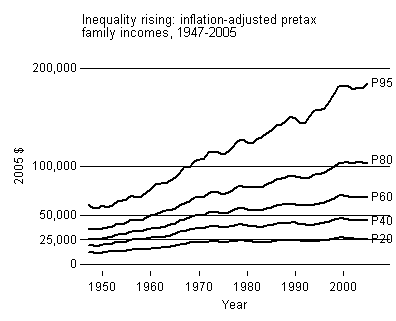
This clip, from the newly televised This American Life, shows what happens when (mostly) black women and (mostly) white men living in racially-segregated Chicago are brought together and the social rules of decorum are suspended. It is highly, highly disturbing. I’d love it if some social psychologists could comment on what we see happening here!
[youtube]http://www.youtube.com/watch?v=vo1LPf9mnyU[/youtube]








